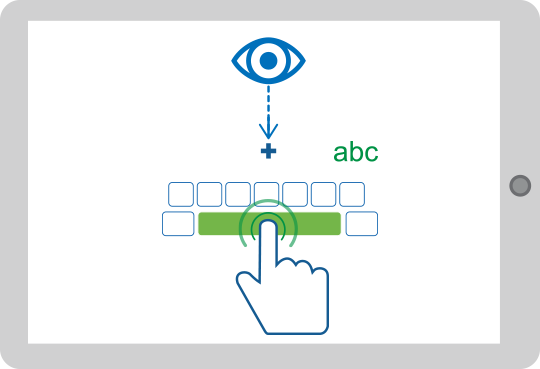How it Works | PERSONALIZED PRACTICE
We change how students read... Literally!
Reading Plus has developed proven instructional and practice activities to build and strengthen the visual skills needed for efficiency—the foundation of silent reading proficiency.

Efficiency goes hand in glove with motivation and comprehension. Readers need all three to be able to learn new ideas from books they read. Think of it as a combination of skill, will, and thrill. Efficiency provides the skill, motivation engenders the will, and comprehension leads to the thrill of acquiring new ideas.Dr. P. David Pearson
Reading Plus Author and Advisor
Professor Emeritus and Former Dean at the Graduate School of Education, University of California, Berkeley
Personalized Guided Practice
In the SeeReader® activity, students read text in the Reading Plus Guided Window™ to improve reading efficiency. The Guided Window moves according to the rate at which the student is currently reading and adapts based on the student’s performance with comprehension questions. This patented technology moves students toward efficient, independent reading at a grade-appropriate rate. The Guided Window makes reading comfortable by scaffolding the silent reading process, freeing up the mental energy needed for the ultimate goal of reading: comprehension.Gradual Release
As students increase their ability to successfully comprehend texts with greater reading efficiency, Reading Plus responds by transitioning them to more traditional reading formats. Text scaffolds are gradually removed in accord of each student’s reading rate. This helps students sustain attention and assists them with transferring the increased efficiency they attain to authentic reading activities.Intensive Visual Perception Practice for Elementary and Tier III Students
The Reading Plus visual skills component, iBalance, uses a game-like interface to train the eyes to read more efficiently and accurately.
Scan is an activity in iBalance that helps students strengthen visual-perceptual skills. During Scan, students will complete activities that help their eyes move quickly left to right.
Flash is an activity in iBalance that develops the ability to quickly recognize several letters in parallel within a fraction of a second. During Flash, students will learn to easily identify and remember groups of letters that appear often in stories and articles.

Student Agency: Choice, Control, and Accountability
What’s more personal than allowing students to select their own literature? Students explore and select the texts that excite and motivate them throughout their Reading Plus journey. With a variety of genres, an appropriate mix of literary and nonfiction selections, and many interest areas that span across disciplines, students build interest profiles based on age-appropriate complex texts.



